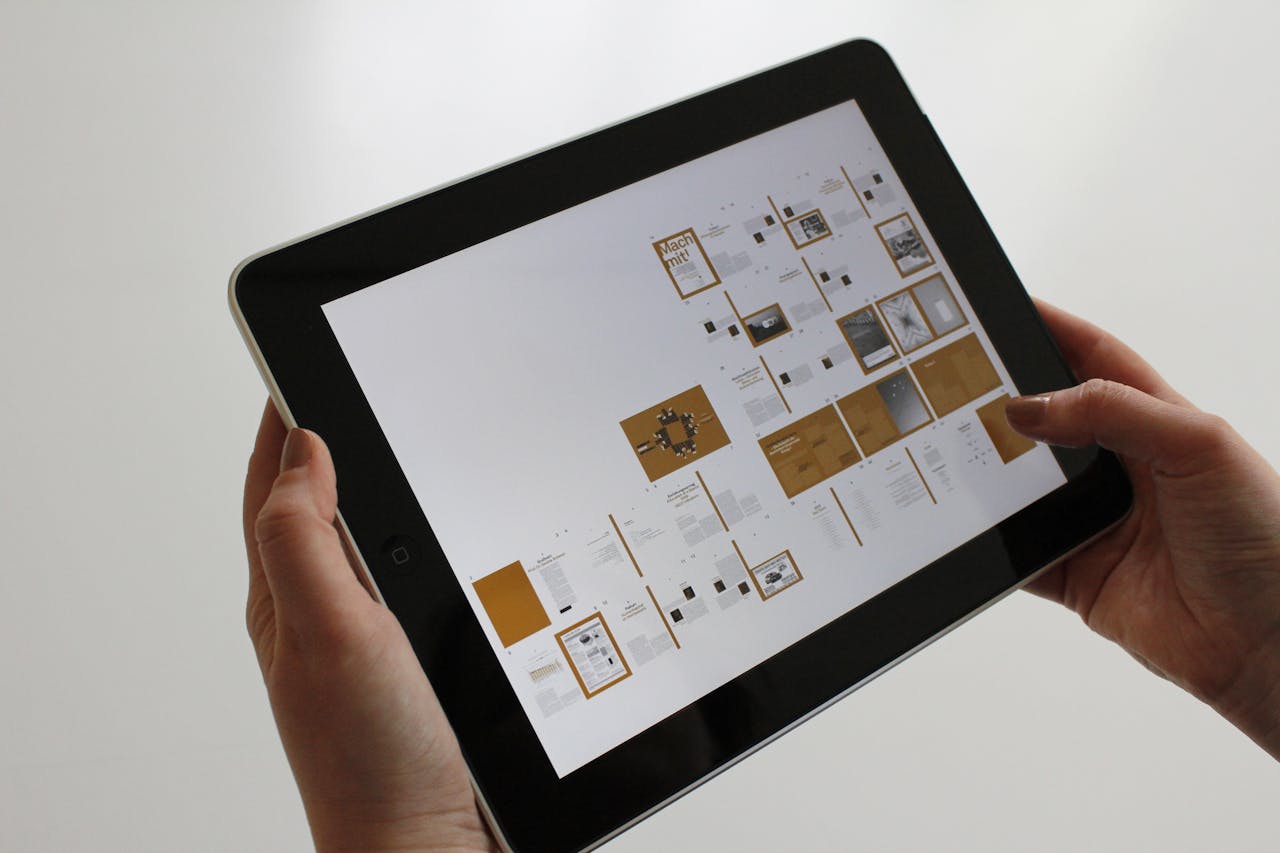Need Future-Ready Sales or Still Using Outdated Tools?
Did you know?
“91% of companies with more than 11 employees now use a CRM to manage customer interactions?”
But all CRMs are not the same. They do differ. Traditional CRM systems were great. They transformed the way businesses handled contracts and pipelines. But the modern sales landscape needs much more. The buyers of this era are digital first. Hence, the deal cycles are very complex. And data is something that drives every decision; be it small or big.
One such modern and feature-rich CRM is Microsoft Dynamics 365 Sales. It differs from traditional CRM systems which are used to only store and track data. Dynamics 365 Sales helps you smartly use that stored data and extract high-end results out of it. It can integrate AI, predictive insights, automation, and Microsoft’s ecosystem to boost your organization’s growth.
But here, the question isn’t limited to “Do you really need a CRM” – It’s all about “Are you still using traditional CRM or want to leverage next-gen future ready sales solution?”
If this is something occupying your ming, you have landed on the right blog. Read on till the end to uncover the key differences between Dynamics 365 Sales and traditional CRMs, explore unique features that give Dynamics 365 Sales the edge, and decide what’s the best for your business.

Key Difference Between Dynamics 365 and Traditional CRM
1. Deployment and Accessibility
- Traditional CRM: In most cases, traditional CRMs are on-premises solutions. So, you as a business need to invest in multiple things like hardware, software, IT staff for its proper maintenance and other expenses. When I talk about it’s accessibility, it is limited. This is because a user can only access the system from a specific location having all this setup.
- Dynamics 365 Sales: Dynamics 365 Sales is a cloud-based solution and can be accessed anytime, anywhere. Not only this, but your sales team can access it from any device that has an internet connection. This type of flexibility is important for employees working remotely and businesses with global operations.
2. Scalability
- Traditional CRM: It is a challenging task to scale traditional CRM system. Moreover, it’s expensive too. For this, business firms need to buy additional software licenses or hardware. This can even lead to downtime while upgrading.
- Dynamics 365 Sales: Dynamics 365 is specifically designed for high-end scalability. No matter if you’re a startup, SME, or even a huge firm, this platform can grow alongside your needs. Microsoft’s cloud infrastructure guarantees that you can add more users, features, storage, etc. without causing any disruptions.
3. Integration
- Traditional CRM: Traditional CRMs function in silos. Hence, it is very difficult to integrate it with other business apps like ERP systems, marketing automation tools, customer service platforms, etc.
- Dynamics 365 Sales: This is one of the sparkling features of Dynamics 365 Sales. It can seamlessly integrate with other Microsoft products like Power BI, Office 365, Azure, etc. What’s more? It does support smooth integration with 3rd party apps as well.
4. AI and Automation
- Traditional CRM: Traditional CRM systems deeply rely on manual data entry and analysis. Firstly, it’s time-consuming. Secondly, there are high chances of errors or human mistakes. Also, they lack advanced AI capabilities that can offer action-driven insights.
- Dynamics 365 Sales: Dynamics 365 Sales uses AI driven tools like Microsoft Copilot. This helps automate routine repetitive tasks and even predict customer behavior. They have the ability to also provide personalized recommendations to customers on the basis of their buying patterns and preferences.
5. User Experience
- Traditional CRM: A lot of traditional CRMs have outdated interfaces. Therefore, they are difficult to navigate. This leads to low user adoption rates.
- Dynamics 365 Sales: Dynamics 365 Sale has a very sleek, modern, user-friendly interface. It’s even customizable. Hence, your sales team can rapidly adopt it and maximum its potential.
6. Analytics and Reporting
- Traditional CRM: Traditional CRMs offer just basic reports. You need more tools or manual efforts to get in-depth insights.
- Dynamics 365 Sales: With the help of built-in Power BI integration, Dynamics 365 Sales renders advanced analytics and real-time reporting. Your sales managers can simply create interactive dashboards. They can track KPIs and get a 360-degree view of your sales performance from a single window.
Key Features of Microsoft Dynamics 365 Sales That Set It Apart
1. AI-Powered Sales Insights
Dynamics 365 Sales leverages AI and machine learning to provide predictive insights, lead scoring, and conversation intelligence.
- Predictive lead & opportunity scoring simply aids sellers to lay their focus on the deals that are most likely to convert.
- Conversation intelligence analyzes customer calls and emails. This helps to detect their sentiment. It also highlight keywords and has the ability to recommend next steps.
According to a report, sellers using AI insights experience a 35% reduction in sales cycle time.
2. Seamless Microsoft 365 & LinkedIn Integration
Traditional CRMs work in siloes. But Dynamics 365 Sales is deeply connected within the Microsoft ecosystem.
- Microsoft Teams integration: It allows real-time collaboration on deals.
- Outlook integration: It automatically syncs emails, meetings, tasks, etc.
- LinkedIn Sales Navigator: It enables sellers with relationship insights, job changes, account mapping, etc.
3. Guided Selling with Automation
Traditional CRMs need workforce to remember their tasks. On the other hand, Dynamics 365 Sales guides them with intelligent automation capabilities.
- Smart reminders: It assists in easy follow-ups, renewals, etc.
- Automated lead routing: It makes sure that the right prospects are instantly assigned to the right representatives.
- Power Automate Workflows: It minimized manual effort across different departments.
4. Real-Time Analytics & Forecasting
Traditional CRMs offer static, basic level reports. Whereas Dynamics 365 Sales renders real-time dashboards. It also offers AI-driven forecasting and pipeline intelligence as well.
- Sales managers get visibility into deal health, risks, and seller performance.
- Advanced forecasting predicts sales revenue in an accurate way.
- Power BI integration turns raw data into actionable insights.
5. Mobility & Modern User Experience
Sales go beyond desks in today’s world. Dynamics 365 Sales is built for instant mobility.
- Fully mobile-friendly – access. Hence, opportunities and leads are never missed. Get access to dashboards on the go.
- Voice-to-text for quick data entry.
- Clean, intuitive dashboards minimize manual clicks and data overload.
6. Scalability & Flexibility
Unlike traditional CRMs that become outdated quickly, Dynamics 365 Sales is cloud-based and modular.
- Scale up by adding apps like Customer Service, Marketing, or Supply Chain.
- Flexible deployment options ensure it grows along with your business needs.
Business Benefits of Microsoft Dynamics 365 Sales vs. Traditional CRM
Higher Win Rates – Text: 15% higher win rate with Dynamics 365 Sales
Seller Productivity Boost – 2.5 hours saved per seller weekly (IDC)
Better Forecasting – 15% more accurate forecasts
Stronger Relationships – 42% larger deal sizes with LinkedIn Sales Navigator
Scalable ROI – Higher Return on Investment
Future-Proof Strategy – AI + Copilot keep sales teams ahead of the curve
Final Thoughts
The sales landscape has drastically evolved. Its requirements cannot be fulfilled with basic traditional CRMs. They were good for storing contacts and managing pipelines. But they aren’t the best. They lack various features like automation, scalability, intelligence, etc. So, businesses using them will naturally fall behind their competitors using modern CRM systems.
Microsoft Dynamics 365 Sales bridges such gap. It transforms CRM from a data repository into a sales acceleration platform. It has got everything you need – AI-powered insights, guided selling, advanced forecasting, deep Microsoft ecosystem integration, and what not. It empowers your sales team to win more deals, faster.
So, the answer is clear!
For organizations who are ready to make the shift, working with a reliable Microsoft Dynamics 365 partner like DynaTech Systems can ensure a smooth implementation, faster adoption, and measurable results. By leveraging expert guidance, businesses can unlock the full potential of modern sales tools and accelerate their path to growth.

























